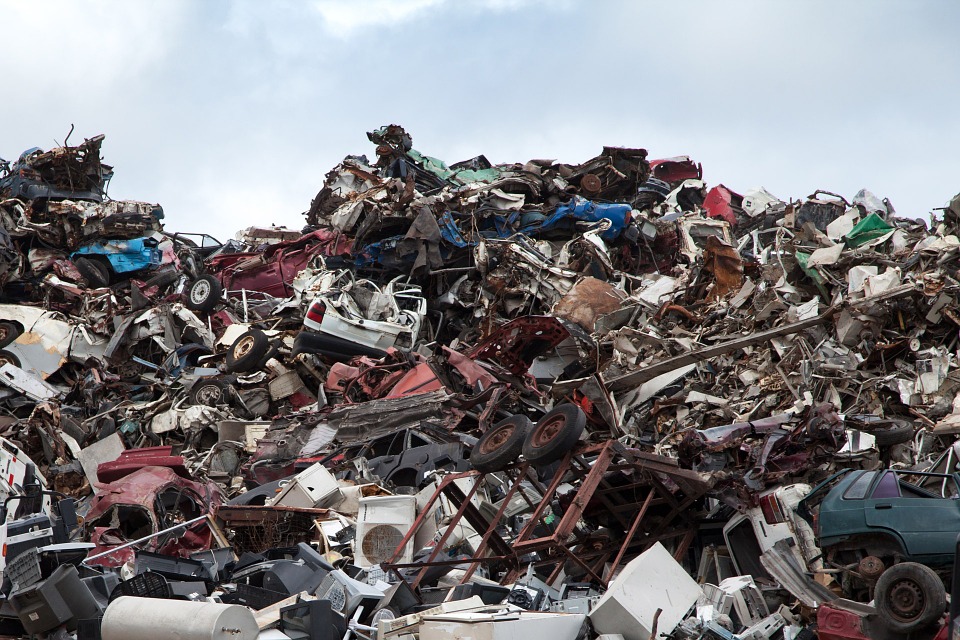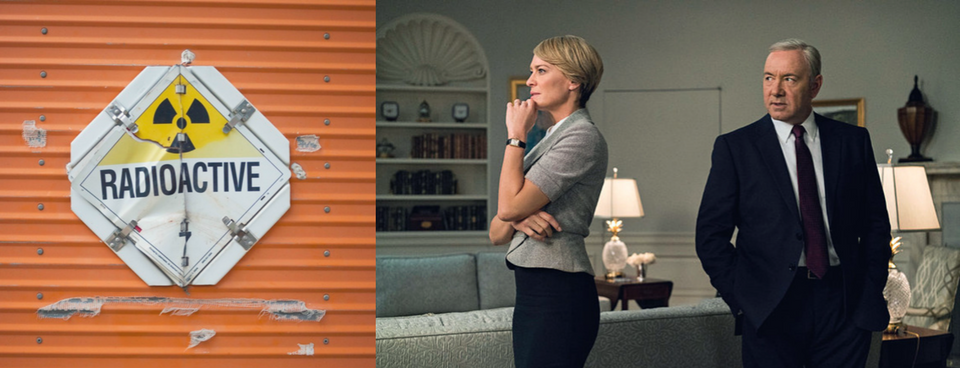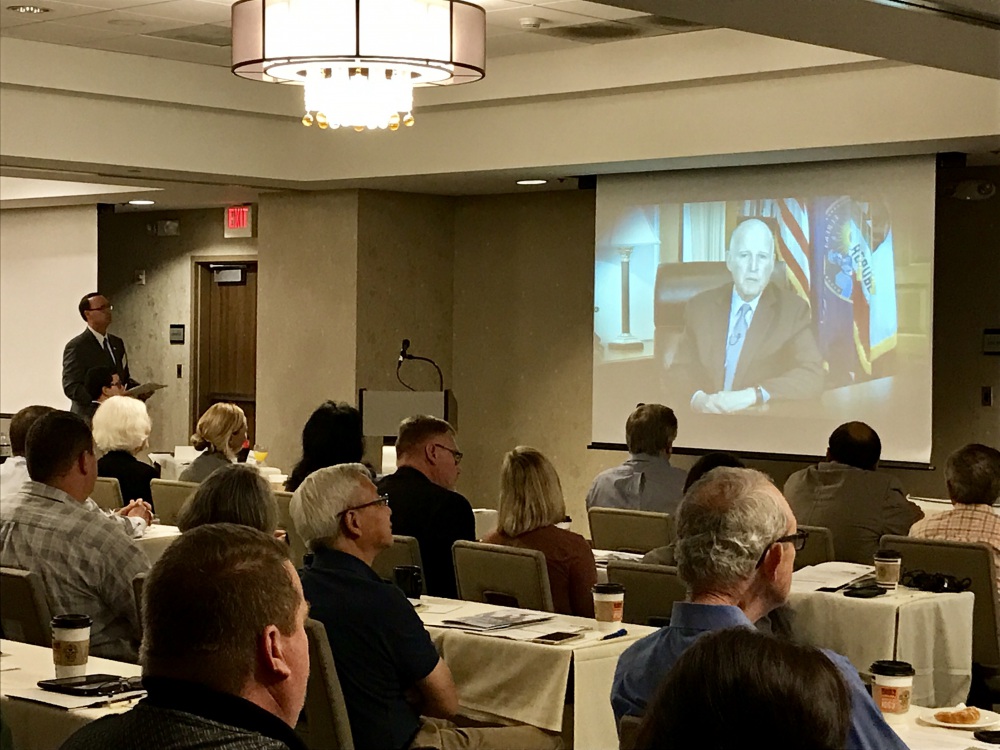
NTI Co-Hosts Second Regional Workshop on Radiological Security in Central Asia
NTI Co-Hosts Second Regional Workshop on Radiological Security in Central Asia
Atomic Pulse
As part of our work to prevent
catastrophic attacks with weapons of mass destruction and disruption, NTI partners
with governments and industry on strategies to better secure radiological materials that could be stolen and used to build “dirty bombs.”
Today, thousands of
sites in more than 150 countries house sealed radiological sources that are typically
used in commercial or medical devices, ranging from power sources for batteries
to industrial gauges to blood irradiation equipment. In what seems a cruel
paradox, the very same radiological isotopes used for life-saving blood
transfusions and cancer treatments also can be used to build bombs that could
release high levels of radiation, contaminate a city, and cost tens of billions
of dollars in clean-up.
NTI has launched an initiative to eliminate one of the most lethal types of radioactive sources, the cesium-137 used in blood irradiators, and replace it with safe, effective alternative technologies.
But theft
isn’t the only issue associated with cesium-137 and other potentially dangerous
radiological sources used widely in medicine, industry, and agriculture. Due to
the lack of effective regulatory controls globally, radioactive sources often
go missing – another compelling reason why they should be replaced, where
feasible, with safe, alternative technologies. These uncontrolled radioactive sources
are commonly called “orphan sources.”

Urvashi Rathore, a nuclear expert from India who has been working this year at the James Martin Center for Nonproliferation Studies (CNS) in California and now at NTI in Washington, DC, through the Robin Copeland Memorial Fellowship, has researched the threat posed by these radiological sources.
Here, she explains the risk for Atomic Pulse:
The term “orphan sources” typically is taken to include sources that were never subject to regulatory control; sources that were subject to regulatory control but since have been abandoned, lost or misplaced; and sources that were stolen or removed without proper authorization.
Unfortunately, orphan sources often get mixed-up with scrap metal. This can happen when a piece of equipment used in industry or medicine is disposed of before its radioactive source is removed. Then, the melting of an orphan radioactive source with scrap metal during the recycling process, or the rupturing of the source when mixed with scrap metal, results in contaminated recycled metal and waste that requires expensive clean-up procedures. Worse, if the contaminated material is not detected at the recycling facility, workers may be exposed to dangerous levels of radiation, and radionuclides may become incorporated into various finished recycled products or waste objects, which in turn may lead to the exposure of the public.
Scrap metal is an important source of material for the recycling industry, contributing to about 50% of final steel products. Most big cities have several
scrap yards, ranging from small operations involving a few individuals to medium-sized
facilities and large scrap markets that handle hundreds of thousands or even
tens of millions of tons of scrap metal each year. In addition, scrap metal and
other products from the recycled metals industry are frequently shipped around
the world.
The inadvertent mixing
of radioactive sources into scrap metal has caused a number of significant incidents.
Among them:
The Acerinox Incident: In May
1998, a cesium-137 source passed undetected through the monitoring system of a
stainless steel factory in Los Barrios, Spain, and into an electric furnace. The chimney detectors of the Acerinox plant failed to detect the radioactive cloud created by cesium-137 after it
melted down. The contaminated dust travelled over Huelva and Andalusia, Spain. Radiation
eventually was detected in France, Italy, Switzerland, Germany and Austria. The
observed levels were up to 1,000 times higher than normal. The ashes produced
by the reprocessing plant were between 640 and 1,420 Becquerel per gram, which is high enough to be a threat to the
public. Six people were exposed to low levels
of cesium-137 and the incident resulted in estimated total costs of $26 million
caused by the clean-up efforts, the storage of contaminated waste, and the lost
production in the factory.
Istanbul Incident: In December 1998 and
January 1999, a serious radiological accident occurred when two packages used
to transport cobalt-60 teletherapy sources for export were sold as scrap in
Istanbul, Turkey. The people who
purchased the two packages opened them and broke open the shielded
containers, unknowingly exposing themselves and several others to radiation from
at least one unshielded cobalt-60 source. The people who dismantled the
containers suffered from acute radiation syndrome, and a total of 18 people
(including seven children) were admitted to the hospital suffering from
radiation exposure. Following the exposure, only one radioactive source was
retrieved; the source from the other package is still unaccounted for. It is believed that the second container was empty all along, but this
could not be conclusively proven from company records.
Samut Prakan Radiation Accident: A radiation accident occurred in Thailand’s
province of Samut Prakan in January-February 2000 when part of a radiation
therapy unit containing a radioactive source was acquired by two scrap
collectors, who claimed to have bought it from some strangers as scrap metal
for resale. They took the source home and subsequently dismantled the
container, unknowingly exposing themselves and others nearby to radiation. Three deaths and seven injuries resulted from this incident.
Mayapuri Incident: This incident took place in the famous
Mayapuri scrap market of New Delhi, India in March 2010. The
source, a gamma unit containing cobalt-60 pencils, was improperly disposed of
by a research institution, in violation of national regulations. The unit was
sold to unsuspecting scrap dealers who dismantled the equipment. This event
subsequently caused the most severe radiation accident reported in India to
date: seven radiation injuries and one death.
As radioactive material mixed with scrap metal also can be transported
across national borders, an integrated approach to dealing with scrap is an
essential factor of nuclear safety and security. It is important to carve out
strategies for the detection of radioactive material in scrap metal and develop
best practices for securing such radioactive material. The installation of
proper detection systems and raising awareness among people dealing with scrap
are essential tools to help secure orphan radioisotopes.
Sign up for our newsletter to get the latest on nuclear and biological threats.
NTI Co-Hosts Second Regional Workshop on Radiological Security in Central Asia
What are Frank and Claire Underwood doing Underground in Episode 7 of House of Cards season 5?
NTI, California officials hold radiological workshop to address dirty bomb threat


